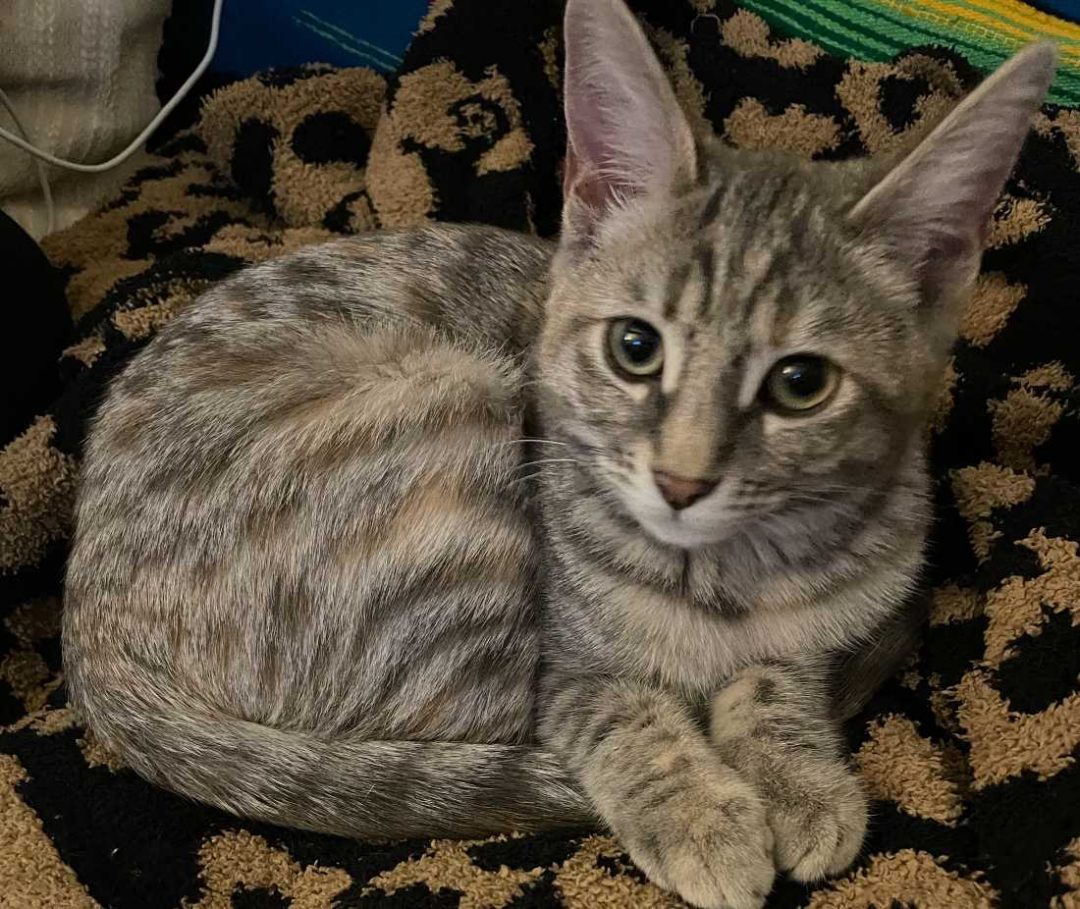
This gives "silver" cats (which includes red cameo and smoke colors) the look of being lit from within, a bit of a glow. The silver gene causes the color in the hair to not be deposited at the base of the hair follicle! So if you pull the hair apart, the roots of the hair are. Dilution is another gene that modifies the normal colours and will wash out or dilute both black pigment and yellow pigment. It's the removal of the yellow that makes the cat go from brown to silver, and the red go from brassy red to a softer red.Ģ. It turns a solid blue cat into a blue smoke. Blue is the dilute form of Black it is commonly seen as various shades of gray. It turns a red tabby into a red silver, or "cameo" tabby. Genetically they are all black tabbies, but the shades of brown can vary greatly. It turns a solid black cat into a black smoke. That means it turns a brown tabby into a silver tabby. The silver gene takes away the yellow from the coat color.

Basically, the silver gene does two main things.ġ. The silver gene is dominant, so if only one parent has it, approximately half of the kittens will inherit it. When a cat has two of the recessive d alleles (Maltese dilution), black fur becomes blue (appearing gray), chocolate fur becomes lilac (appearing light. That means that instead of black fur they have grey-colored fur and instead of orange fur they have cream-colored fur (also known as strawberry blond). If a brown cat gets the silver gene, they DO look silver, but if a red cat gets the silver gene, they don't look silver at all! So if you're confused, don't feel bad! I was too. Dilute calico cats, commonly referred to as muted calico cats, only differ from regular calico cats in the fact that their colors are diluted (or muted).

Here's the deal: whoever picked the term "silver" was getting a little ahead of themselves. *Confusing term alert! "Silver" does not always mean the coat looks silver.*


 0 kommentar(er)
0 kommentar(er)
